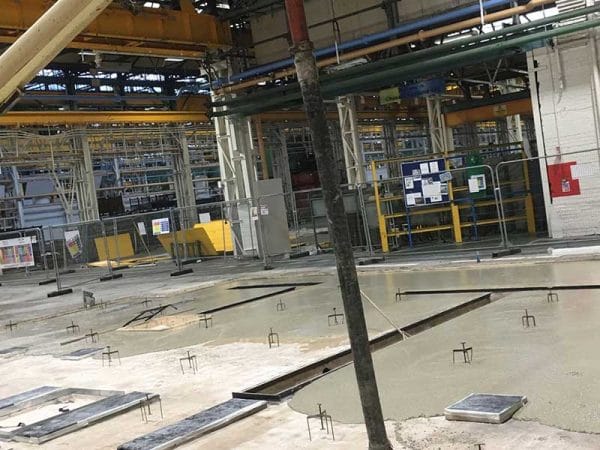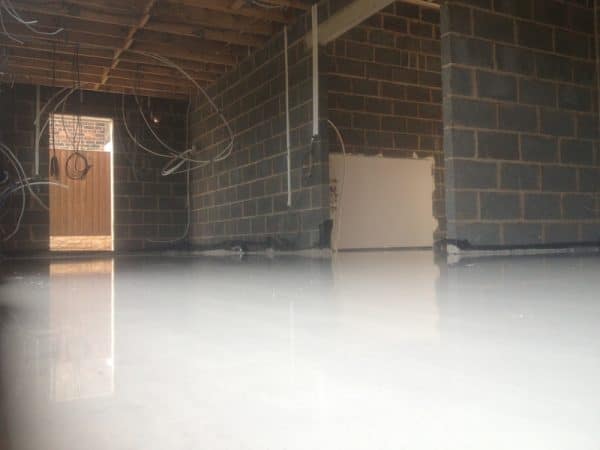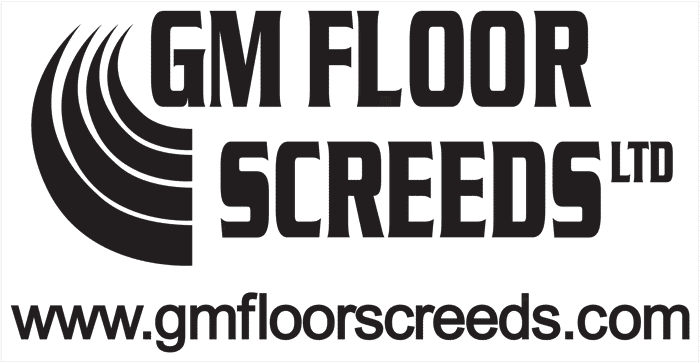Sand and Cement Floor Screed

Expert Sand and Cement Floor Screeding by GM Floor Screeds
When it comes to floor screeding, sand and cement floor screeds remain one of the most reliable and widely used options. At GM Floor Screeds, we specialize in delivering high-quality, durable floor screeding solutions for both domestic and commercial projects.
Whether you need a strong subfloor for tiling, vinyl, wood, or carpet, our expertly installed sand and cement screeds provide the perfect, level base for long-lasting flooring.
With years of experience, our skilled team ensures precision in every installation, offering a professional service that meets the highest industry standards.
What is Sand and Cement Floor Screed?
Sand and cement floor screed, also known as traditional screed, has been used in the construction industry for over 50 years. It is a simple yet highly effective mixture of sharp sand, cement, and water, designed to create a smooth, level surface before the final flooring is installed.
This screed type is highly versatile and can be used in a range of applications, including:
✔ Bonded Screeds – Directly applied to the concrete subfloor using a bonding agent for a strong, solid finish.
✔ Unbonded Screeds – Laid over a membrane or insulation for improved thermal and acoustic properties.
✔ Floating Screeds – Ideal for underfloor heating, providing a stable surface over insulation while allowing heat to distribute evenly.
At GM Floor Screeds, we use only premium-grade materials and the latest application techniques to ensure that every sand and cement screed installation is completed to the highest standard.
Why Choose Sand and Cement Screed?
- Strong and Durable
Sand and cement screed creates a highly durable subfloor that can withstand heavy foot traffic and high loads, making it ideal for both residential and commercial environments. - Versatile Application
This screed type is suitable for a variety of flooring solutions, from tiles and carpets to wooden and vinyl flooring. It is also a great choice for both new-builds and renovation projects. - Suitable for Underfloor Heating
Sand and cement screeds are commonly used with underfloor heating systems, as they effectively encapsulate the heating pipes and allow optimal heat distribution throughout the space. - Customisable for Different Needs
Depending on project requirements, reinforcements such as fibres or mesh can be added to enhance crack resistance and overall strength. - Can Be Laid to Falls for Drainage
For areas requiring drainage, sand and cement screed can be applied with gradients to direct water flow effectively.

The GM Floor Screeds Difference
At GM Floor Screeds, we provide more than just floor screeding—we offer expert guidance, precision installation, and post-installation support to ensure your project is completed to perfection.
Our Sand and Cement Screeding Process
- Consultation & Site Assessment – We evaluate your project needs and subfloor conditions.
- Mixing & Preparation – The correct ratio of sand, cement, and water is mixed for optimal strength and durability.
- Screed Application – Our skilled team applies the screed with precision techniques to create a smooth, level surface.
- Curing & Drying Support – We provide expert advice on drying times, moisture levels, and how to ensure the best results.
Our goal is to provide a flawless screed finish that supports long-lasting, high-performance flooring.
Considerations for Sand and Cement Floor Screeding
-
Drying Time
One key consideration with sand and cement floor screed is the drying process. This type of screed generally dries at a rate of 1mm per day for the first 50mm, and 0.5mm per day beyond that. A 50mm screed will typically take around 50 days to fully dry, though fast-drying additives can be used to accelerate the process.
-
Required Thickness
The minimum recommended thickness varies based on the application:
- Bonded screeds – Minimum 25mm
- Unbonded screeds – Minimum 50mm
- Floating screeds (over insulation) – Minimum 65mm for domestic and 75mm for commercial
-
Moisture Sensitivity
To prevent issues such as cracking or uneven drying, it’s important to ensure the right environmental conditions during the curing process. Proper ventilation and moisture control can significantly improve the final result.
Sand and Cement Floor Screeds Common Questions
Typically, it dries at 1mm per day for the first 50mm, and 0.5mm per day beyond that. Fast-drying additives can accelerate the process.
Yes! It works exceptionally well with underfloor heating as it efficiently encapsulates pipes and allows even heat distribution.
Yes, reinforcements such as fibres or mesh can be added for extra durability and crack resistance.
- Bonded screeds are applied directly to the concrete base using a bonding agent, providing maximum adhesion.
- Unbonded screeds are laid over a membrane or insulation, which helps with thermal and acoustic efficiency.
There are two ways in which under floor heating can be installed in a property – whilst the property is being built or it can be fitted after the property has been built. Obviously, the easiest way to install UFH is when a property is being built or renovated.
Any floor type can be laid on top of a under floor heating system, however, there are some types of flooring which work better with the system than others.
Also with some types of flooring, there are certain specifications you must abide by in order for the under floor heating to be as efficient and effective as possible.
Get a Non Obligation Quote for Sand and Cement Floor Screeds
At GM Floor Screeds, we provide expert sand and cement screeding services tailored to your project’s requirements. Whether you're working on a home renovation, commercial build, or large-scale construction project, our experienced team ensures a smooth, durable, and long-lasting finish.
📞 Call us today: 01543 572 177
📧 Email us: info@gmfloorscreeds.com
📍 Serving customers across the UK with expert floor screeding solutions
Get in touch today for a no-obligation quote and let us help you build a strong and stable flooring foundation.
Related Links:
Cement Fibres | Floor Screeding | Fast Drying Cement | Screed Drying Time | Industrial Floor Screeds
